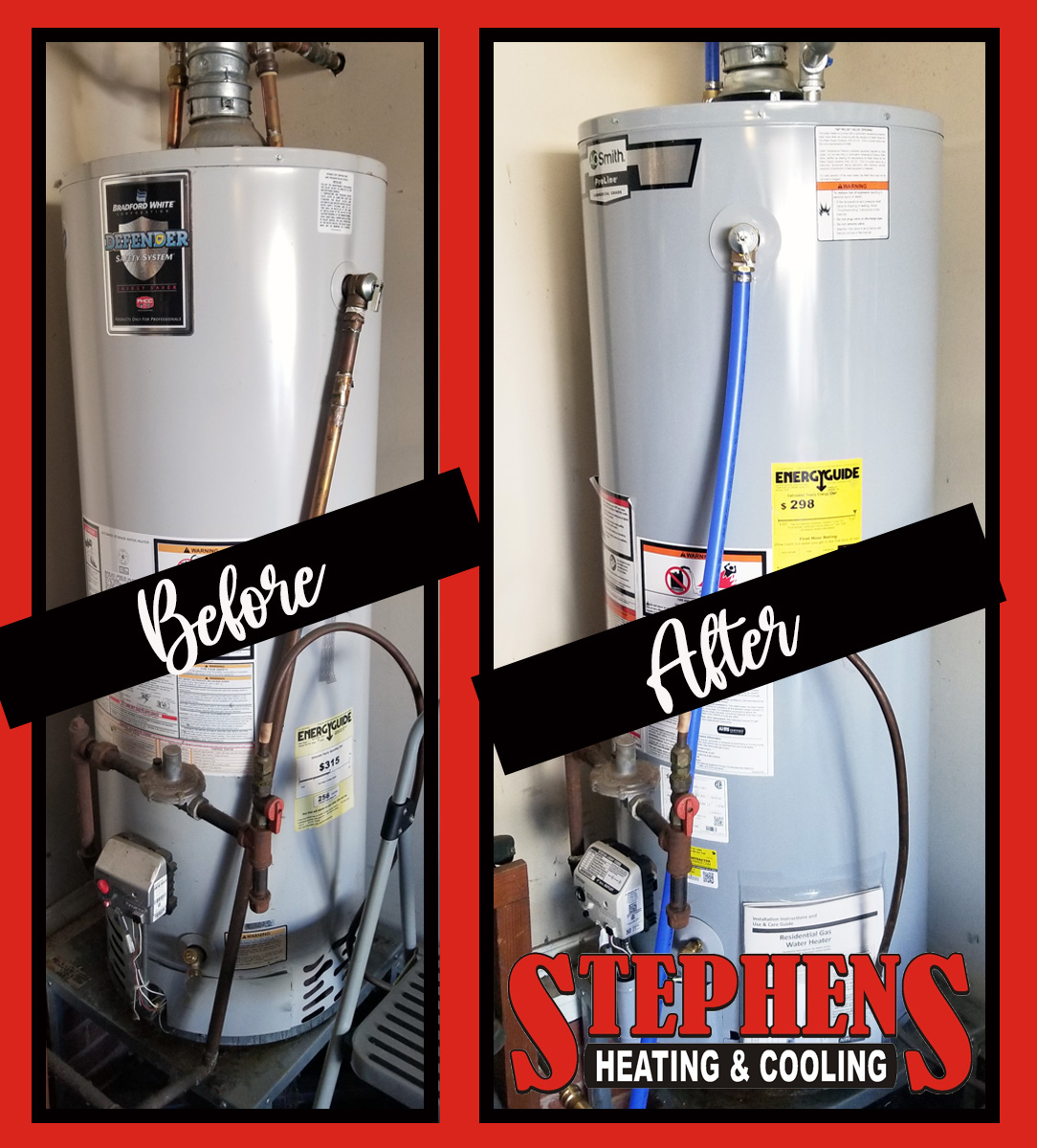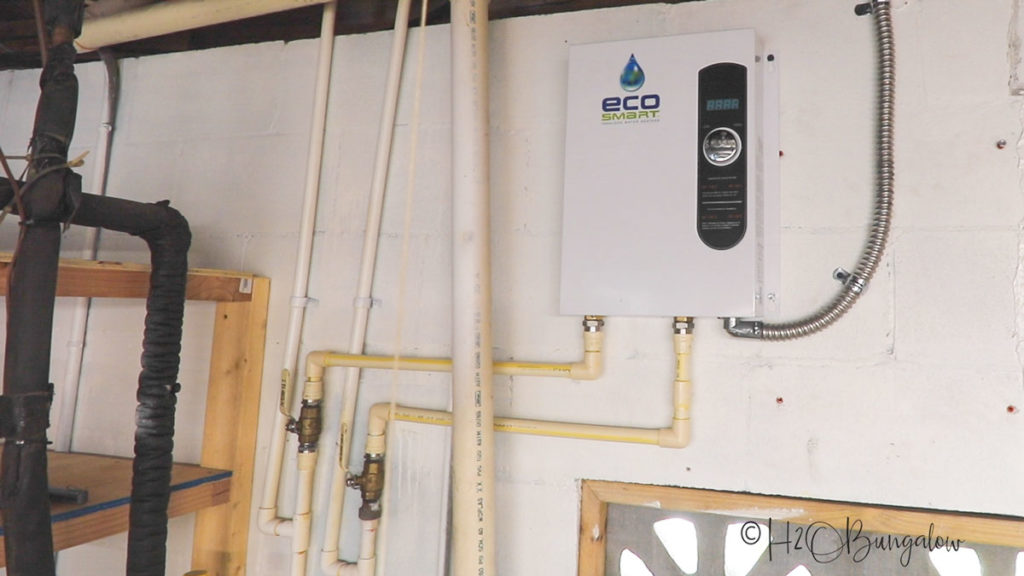Do It Yourself Water Heater Setup: Important Actions for Success
When considering a DIY hot water heater installation, it is vital to approach the task with a systematic frame of mind, as the procedure involves several critical actions that can dramatically influence both safety and security and efficiency. Choosing the proper water heating system for your certain needs is just the beginning; preparing the installation area and understanding the necessary devices and products are just as vital. As we check out the methodical method to installation, it ends up being noticeable that forgeting any kind of information could bring about difficulties down the line. Are you prepared to browse the ins and outs of this home enhancement project?
Choosing the Right Water Heating System
When picking a hot water heater, it is necessary to consider numerous vital factors to make sure ideal performance and effectiveness - water heater installation Yorba Linda. Evaluate the type of water heating system that best fits your requirements. Options consist of tankless, tank, and heatpump water heating units, each offering distinct benefits in regards to power efficiency and space needs
A larger family might need an unit with a better gallon ability or a tankless system that can supply continuous warm water. Each energy type has effects for installment prices and long-term power expenditures.
Energy effectiveness is another important factor. Seek units with a high Power Aspect (EF) rating, as these models consume much less power and can considerably lower energy costs. Furthermore, look for service warranties and brand dependability, as these can indicate the long life and maintenance needs of the device. By thoroughly evaluating these aspects, you can choose a water heater that aligns with your household's specific demands, making certain comfort and performance for years ahead.
Tools and Products Needed
Successfully mounting a water heating unit calls for not only the best choice of unit however likewise the ideal tools and materials. Prior to beginning on your DIY job, ensure you have an extensive list of things to promote a smooth installation process.
Essential devices consist of a monkey wrench, adjustable pliers, and a screwdriver collection (both flathead and Phillips), which will certainly aid you manage different fittings and links. Additionally, a drill with appropriate bits is required for mounting brackets or making any type of required openings. For security, a voltage tester is important, specifically when dealing with electrical hot water heater.
As for products, obtain Teflon tape to make sure watertight links on threaded installations. You will additionally require a versatile water supply line, which can be either braided stainless steel or PVC, relying on your preferences and local codes. Do not forget to stockpile on fittings, such as couplings and joints, to link the plumbing firmly. A pan or drip tray can help handle any prospective leakages, offering an included layer of security. By collecting these tools and products ahead of time, you set the stage for an effective hot water heater installation.
Getting Ready For Installation
Before starting the setup of your hot water heater, it is crucial to evaluate the installation site to guarantee it meets all necessary requirements. Beginning by confirming that the Your Domain Name location is well-ventilated, particularly for gas water heating systems, to avoid the accumulation of hazardous gases. Look for the accessibility of needed connections, including water lines and electrical outlets, guaranteeing they are in good problem and effectively located.

This positive approach not just makes sure compliance with neighborhood building codes but also improves the durability and effectiveness of the water heating unit. Correct prep work sets the phase for a smooth setup process and assists prevent unforeseen issues.
Step-by-Step Installment Refine
With the prep work full and all essential assessments conducted, the following phase entails the step-by-step installation of your water heating unit. Begin by ensuring that the brand-new system is located correctly, aligning it with the existing pipes and electrical connections. For tank-type hot water heater, connect the cold water supply line to the inlet, generally noted in blue, and the warm water line to the electrical outlet, typically assigned in red. Use Teflon tape on threaded joints to prevent leakages (water heater installation Brea).
Next, secure the temperature level and pressure Get the facts safety valve, which is essential for security. Attach the discharge pipeline to this valve, directing it towards the flooring or a suitable drain location. For electric models, connect the power supply by stripping the cords and safeguarding them to the heater's terminals according to the manufacturer's directions.
If you are mounting a gas hot water heater, guarantee the gas line is linked effectively and examine for leakages making use of a soap remedy. Besides connections are made, fill up the storage tank with water before activating the power or gas supply. Allow the water heating unit to get to the preferred temperature level and check for any type of leaks around all links.
Ensuring Safety And Security and Efficiency
Frequently guaranteeing safety and security and effectiveness throughout the installment and operation of your water heating unit is critical for ideal performance and longevity. Begin by choosing an appropriate location that adheres to local building regulations and offers appropriate ventilation. Guarantee that the area is devoid of combustible products and has adequate room for upkeep and evaluations.

After setup, conduct routine examine the unit to discover leaks, corrosion, or uncommon sounds. Set the thermostat to a safe temperature, commonly around 120 ° F, to protect against scalding and improve energy performance. Protect pipes to decrease heat loss, which adds to decrease power costs.
Conclusion
In conclusion, successful Do it yourself water heater setup hinges on careful planning and implementation. Picking the proper water heating unit, preparing the installment location, and adhering to a systematic setup procedure are essential steps.
When taking into consideration a DIY water heating system setup, it is crucial to come close to the job with a methodical frame of mind, as the process includes a number of vital steps that can significantly impact both safety and efficiency.Before starting the installment of your water heater, it is essential to assess the installation site to ensure it meets all required needs. For tank-type water heaters, link the cool water supply line to the inlet, generally noted in blue, and the hot water line to the outlet, usually designated in red.Regularly ensuring safety and effectiveness throughout the installation and procedure of your water heater is essential for ideal performance and long life. Picking the suitable water heater, preparing the setup location, and following a methodical installation process are critical steps.